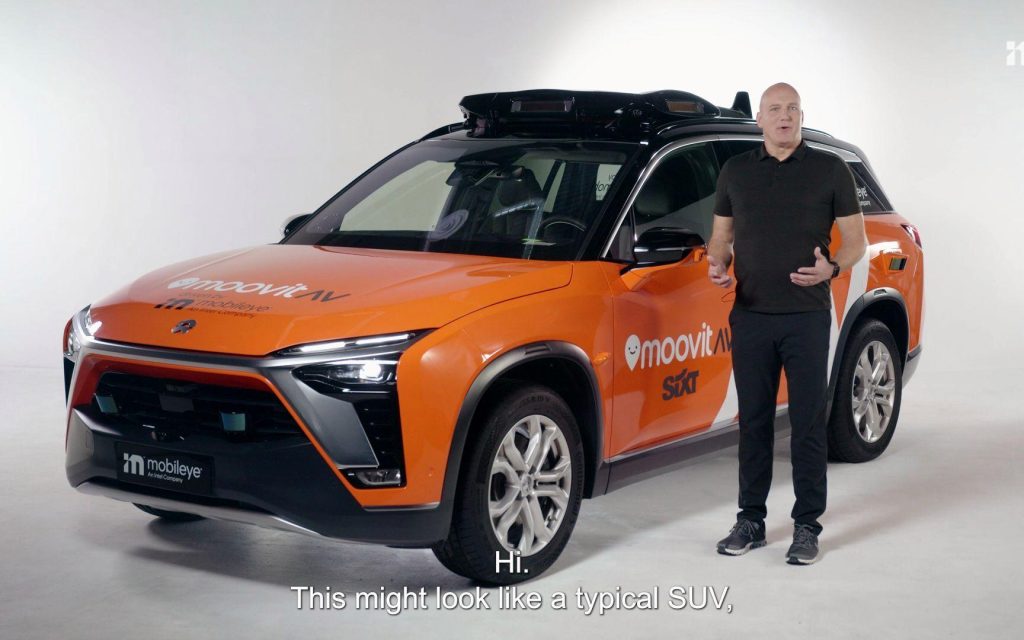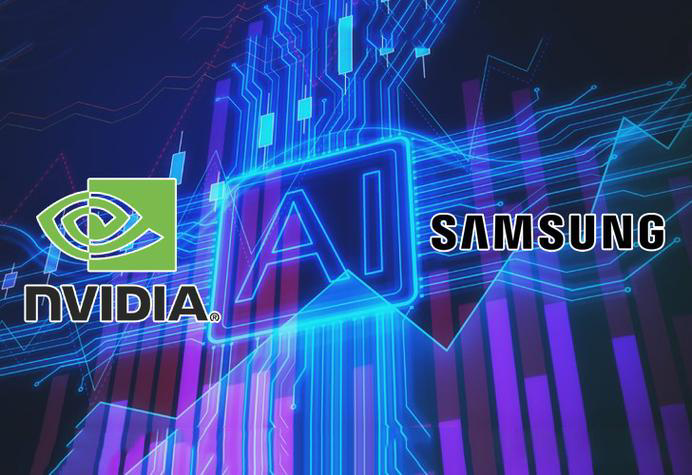Yesterday’s splashy unveiling of Tesla’s Robotaxi at Warner Bros. Studios in Los Angeles — themed “WE, ROBOT” — has focused attention on one of the most consequential shifts underway in mobility: autonomous shared transportation. For Tesla the moment is both symbolic and strategic. Company executives have framed Robotaxi as a multi‑trillion‑dollar opportunity over the next five to ten years — some estimates put the addressable revenue at roughly $4–5 trillion — and as a high‑margin SaaS business with gross margins as high as 80 percent. The market has reacted: Tesla’s share price has risen more than 12 percent in the past month, reflecting investor enthusiasm about a future built around robotaxis and recurring mobility revenue.

Understanding the Robotaxi opportunity requires stepping back and looking at the full industry chain. At a high level the sector breaks down into three layers. Upstream are the component and system suppliers: sensor makers, GPU and SoC vendors, radar and lidar firms, and companies that provide perception and planning software. Midstream are integrators — the autonomous driving stacks, software companies and OEMs that build or adapt vehicles for driverless operation. Downstream sit the mobility platforms and operators that manage fleets, dispatch rides and run the service on the ground.
This three‑tier structure shapes both where value accrues and where the key technical and commercial battles will play out. Upstream suppliers can capture margins through specialized hardware and IP; midstream players win by delivering robust, certifiable stacks and vehicle platforms; downstream operators monetize the service through utilization and pricing, turning capital‑intensive fleets into profitable businesses.
There are distinct technical routes being pursued today. Tesla famously moved to in‑house development of driving software and hardware in 2016 and in May 2023 announced its FSDv12 architecture, described as an end‑to‑end neural network approach to autonomy. Tesla’s bet is that a software‑centric, vision‑first stack trained on vast fleet data can handle the complexity of real‑world driving and be improved continuously via over‑the‑air updates.
In China, alternative approaches coexist. Baidu’s Apollo has built a full‑stack product matrix often summarized as “drive, cabin, map,” and recent advances in large models promise to reshape perception and decision systems. Baidu emphasizes coordinated L4 and L2+ development, with a unified software architecture that links vision, perception, mapping and control, allowing data sharing across modules and a common autonomous infrastructure. Other players combine lidar and high‑definition mapping, redundancy and specially configured vehicle hardware tailored to fleet operations.
The economics of robotaxis ultimately determine whether pilots scale. Key cost buckets include upfront vehicle hardware (sensors, compute, vehicle modifications), ongoing safety and operations staff, and fleet operating costs such as charging, maintenance and insurance. Much of the industry’s attention is on unit economics: when does a single robotaxi reach positive contribution and how long until the vehicle has paid back its acquisition and retrofit costs?
Operators and analysts run different scenarios, but one concrete example comes from a commercial Chinese deployment: Luobo Kuaipao’s RT6, which has been modeled to achieve payback in roughly 2.8 years under certain utilization and pricing assumptions. That figure hinges heavily on utilization rates, ride fares, maintenance efficiency and regulatory constraints. High utilization and dense urban operations shorten payback, while low demand or high safety costs extend it.
Competition and business models are evolving in parallel. Three commercial approaches have emerged: OEMs operating their own fleets, autonomous technology companies running services themselves, and joint ventures in which tech firms, carmakers and ride‑hailing operators split roles. In China, firms such as Baidu and Pony.ai have been early leaders in operational Robotaxi services, benefitting from regulatory pilot programs and partnerships with local mobility operators. As trials expand and regulations mature, however, deeper pockets — large automakers and global tech players — are likely to take meaningful shares of the market.
There are also concrete opportunities across the supply chain. Vehicle manufacturers such as Changan, BYD, JAC and SAIC are well positioned to supply purpose‑built platforms for fleet operations. Tier‑one and component suppliers — including companies specializing in sensors, thermal and power management, cockpit electronics and ADAS controllers — stand to gain as fleets scale. Names on the supplier side that investors and integrators watch include firms focused on computing, perception, and vehicle controls; in China, several listed suppliers are already adapting roadmaps to the Robotaxi era.
Yet substantial challenges remain. Regulatory approval processes, liability frameworks, and public acceptance are non‑trivial hurdles. Technical complexity is high: systems must handle rare and unpredictable events, ensure redundancy and fail‑safe behavior, and operate reliably in varied weather and road conditions. Scaling from limited pilots to city‑wide services amplifies these challenges and requires robust operations, maintenance regimes, and partnerships with local authorities.
Still, the momentum is real. Tesla’s high‑profile launch crystallizes expectations and pushes incumbents and challengers to accelerate. Diverse technical paths — vision‑only neural networks, lidar‑led stacks, and hybrid sensor approaches — increase the chances that viable business models will emerge. For cities and riders, a commercially successful Robotaxi market could reshape urban mobility, reduce private car ownership in dense areas, and spur new infrastructure investments such as high‑definition mapping and vehicle‑to‑infrastructure services.
The coming 12–36 months will be critical. Pilots will expand, regulatory frameworks will be tested, and early unit economics will either validate or constrain broader deployment. Whether the Robotaxi revolution arrives as a rapid transformation or a protracted transition depends on how quickly technology, policy and business models align — but one thing is clear: the race to commercialize driverless mobility is now in full swing.















暂无评论内容